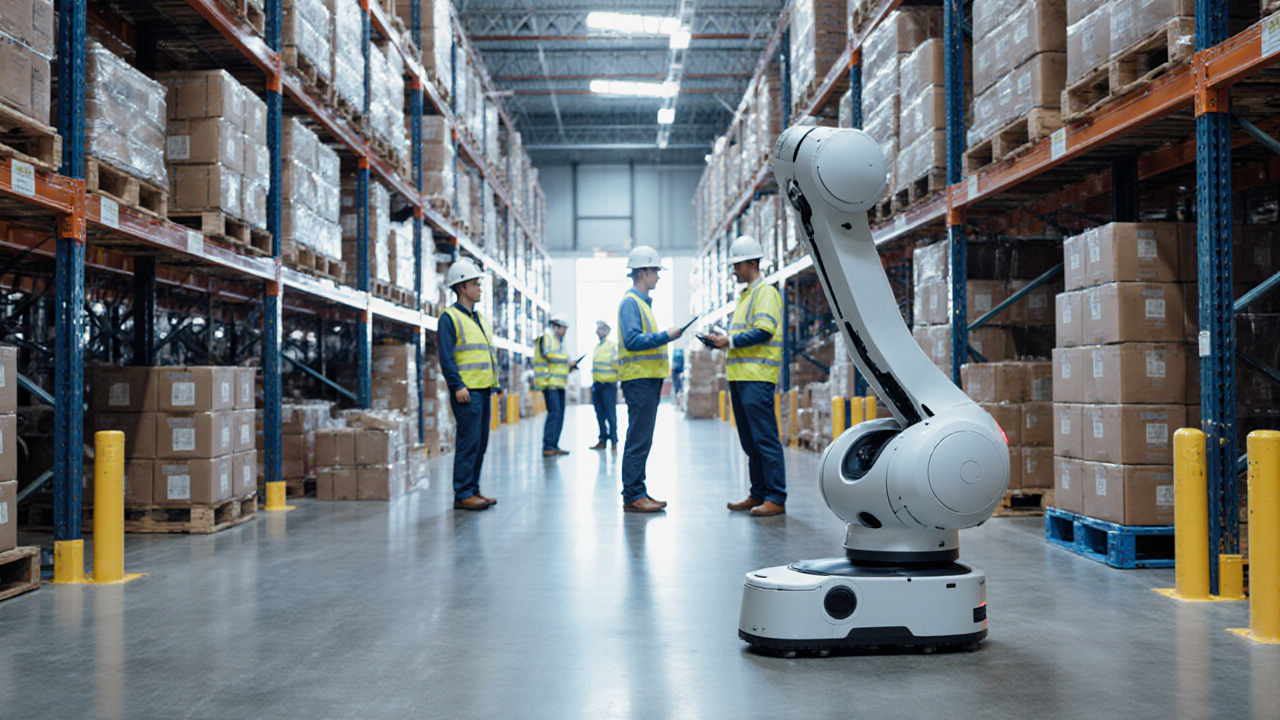
When global trade is rattled by a federal shutdown, a pandemic‑era backlog, or a sudden surge in consumer demand, the instinct is to react, to firefight, to keep the lights on. Yet the true challenge for supply chain leaders is not merely to survive the next crisis but to anticipate the next wave of disruption and to position their operations for long‑term resilience. In a world where uncertainty has become the new normal, the only viable strategy is to move forward with a clear, forward‑looking vision that blends operational excellence with continuous innovation.
Innovation is the engine that powers this forward motion. Over the past two decades, industry bodies and professional networks have celebrated breakthroughs that reimagine the very foundations of supply chain management. These celebrations are not about a single company’s success; they are about a collective shift in how logistics professionals think about data, technology, and human expertise. The most compelling stories from the past year illustrate how artificial intelligence, when coupled with robust governance, can transform complex, regulatory‑heavy processes into streamlined, high‑accuracy operations.
Take, for example, the automated classification of imported goods under a national tariff schedule. A leading trade‑compliance provider partnered with a freight‑management software vendor to develop an AI‑driven system that reduces manual entry errors, shortens processing times, and keeps human decision‑makers in the loop. This partnership demonstrates that AI can be harnessed to tackle legacy processes that have long been bottlenecks, while preserving the nuanced judgment that only experienced professionals can bring.
Another illustration comes from an AI‑powered planning platform that predicts lead times with unprecedented accuracy. By feeding machine‑learning models with historical shipment data, real‑time traffic feeds, and weather alerts, the system forecasts variability and alerts planners before delays cascade through the network. The result is a 30% reduction in forecasting error and a measurable improvement in service levels, underscoring the tangible business value of predictive analytics.
In freight rate management, an advanced workflow system has emerged that standardizes rate negotiations, tracks contracted pricing, and ensures that bidding remains competitive. This solution not only cuts total spend but also provides a data‑driven audit trail that supports compliance and risk management. The ability to automate rate comparison and enforce contractual terms is a critical lever for cost containment in volatile markets.
Transportation management is evolving beyond a single‑mode perspective. A global logistics platform has integrated cross‑modal planning, real‑time visibility, and adaptive routing into a unified interface. By consolidating data from carriers, shippers, and regulatory agencies, the system delivers end‑to‑end transparency and allows executives to spot bottlenecks before they materialize. This holistic view is essential for leaders who must balance cost, speed, and sustainability across diverse geographic footprints.
These innovations share a common theme: they are not isolated technical feats but strategic enablers that reshape how supply chains operate. They illustrate the importance of embedding technology into the core of decision‑making, while maintaining human oversight to interpret context and steer strategy. For C‑suite executives, the takeaway is clear—technology is a catalyst, not a replacement for leadership.
To translate these lessons into practice, supply chain professionals should adopt a hybrid decision‑making model that pairs machine intelligence with human expertise. This approach requires robust data governance, continuous training for analytics teams, and a culture that rewards experimentation. It also demands that organizations invest in scalable platforms that can integrate new capabilities without disrupting existing workflows.
Sustainability, too, is becoming a natural byproduct of these innovations. AI‑driven routing reduces fuel consumption, automated compliance tools lower paperwork and associated carbon footprints, and data‑rich freight management systems enable smarter carrier selection that favors lower‑emission partners. In an era where environmental stewardship is a competitive differentiator, these technologies provide a clear pathway to greener operations without compromising efficiency.
Ultimately, the road to resilience is paved with iterative learning, strategic investment in technology, and a willingness to question entrenched assumptions. By embracing AI, advanced analytics, and integrated platforms, supply chain leaders can transform uncertainty into opportunity, ensuring that their networks remain agile, cost‑effective, and sustainable in the face of tomorrow’s challenges.
Loading comments...